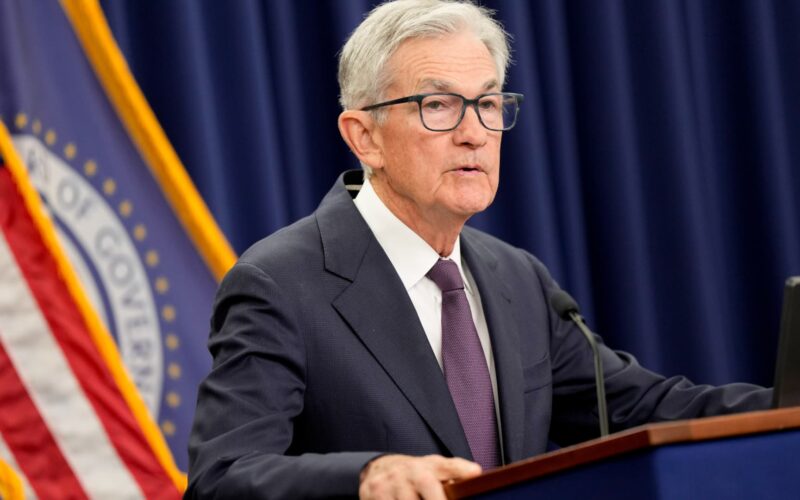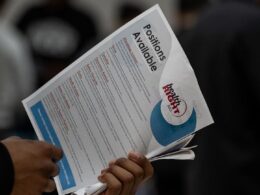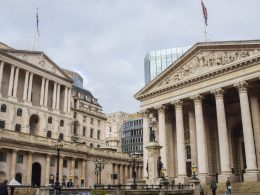Federal Reserve Chair Jerome Powell on Tuesday suggested the central bank is nearing a point where it will stop reducing the size of its bond holdings, but gave no long-run indication of where interest rates are heading.
Speaking to the National Association for Business Economics’ conference in Philadelphia, Powell provided a dissertation on where the Fed stands with “quantitative tightening,” or the effort to reduce the more than $6 trillion of securities it holds on its balance sheet.
While he provided no specific date of when the program will cease, he said there are indications that the Fed is nearing its goal of “ample” reserves available for banks.
“Our long-stated plan is to stop balance sheet runoff when reserves are somewhat above the level we judge consistent with ample reserve conditions,” Powell said in prepared remarks. “We may approach that point in coming months, and we are closely monitoring a wide range of indicators to inform this decision.”
Though balance sheet questions are in the weeds for monetary policy, they matter to financial markets.
When financial conditions are tight, the Fed aims for “abundant” reserves so that banks have access to liquidity and can keep the economy running. As conditions change, the Fed aims for “ample” reserves, a step down that prevents too much capital from sloshing around the system.
During the Covid pandemic, the central bank had aggressively purchased Treasurys and mortgage-backed securities, swelling the balance sheet to close to $9 trillion.
Since mid-2022, the Fed has been gradually allowing maturing proceeds of those securities to roll off the balance sheet, effectively tightening one leg of monetary policy. The question had been how far the Fed needed to go, and Powell’s comments indicate that the end is close.
He noted that “some signs have begun to emerge that liquidity conditions are gradually tightening” and could be signaling that reducing reserves further would hinder growth. However, he also said the Fed has no plans to go back to its pre-Covid balance sheet size, which was closer to $4 trillion.
On a related matter, Powell noted concerns over the Fed continuing to pay interest on bank reserves.
The Fed normally remits interest it earns from its holdings to the Treasury general fund. However, because it had to raise interest rates so quickly to control inflation, it has seen operating losses. Congressional leaders such as Sen. Ted Cruz, (R-Texas) have suggested terminating the payments on reserves.
However, Powell said that would be a mistake and would hinder the Fed’s ability to carry out policy.
“While our net interest income has temporarily been negative due to the rapid rise in policy rates to control inflation, this is highly unusual. Our net income will soon turn positive again, as it typically has been throughout our history,” he said. “If our ability to pay interest on reserves and other liabilities were eliminated, the Fed would lose control over rates.”
On the larger issue of interest rates, Powell generally stuck to the recent script, namely that policymakers are concerned that the labor market is tightening and skewing the balance of risks between employment and inflation.
“While the unemployment rate remained low through August, payroll gains have slowed sharply, likely in part due to a decline in labor force growth due to lower immigration and labor force participation,” he said. “In this less dynamic and somewhat softer labor market, the downside risks to employment appear to have risen.”
Powell noted that the Federal Open Market Committee responded in September to the situation with a quarter percentage point reduction on the federal funds rate. While markets strongly expect two more cuts this year, and several Fed officials recently have endorsed that view, Powell was noncommittal.
“There is no risk-free path for policy as we navigate the tension between our employment and inflation goals,” he said.
The FOMC next meets Oct. 28-29.
Source link









